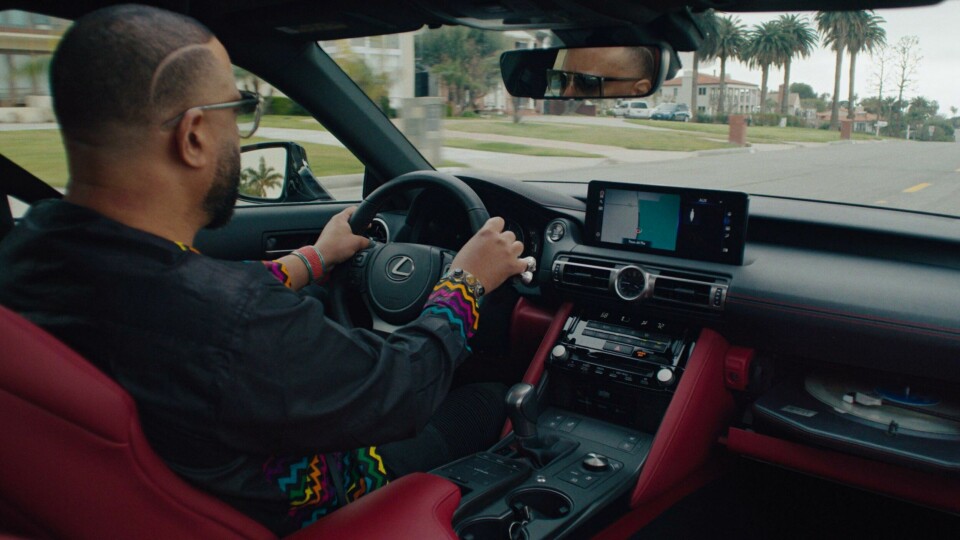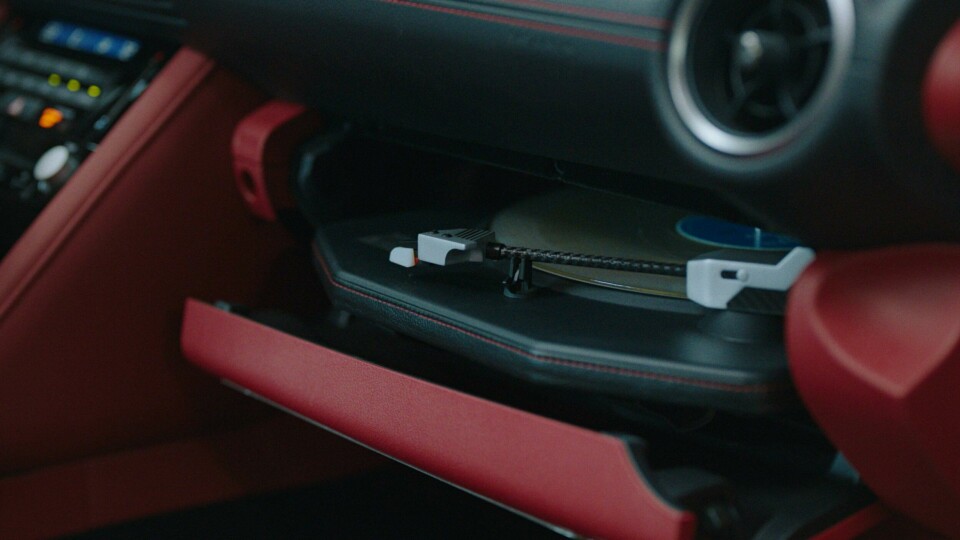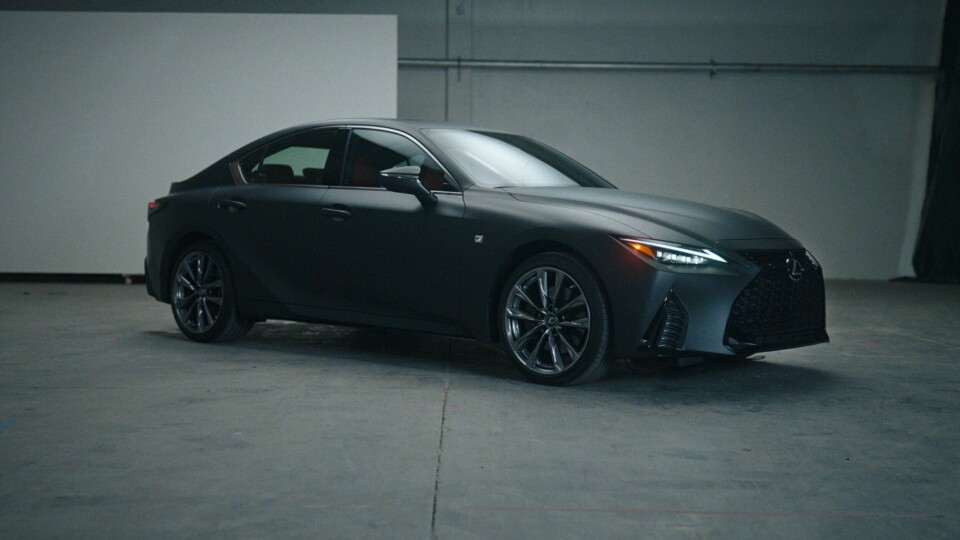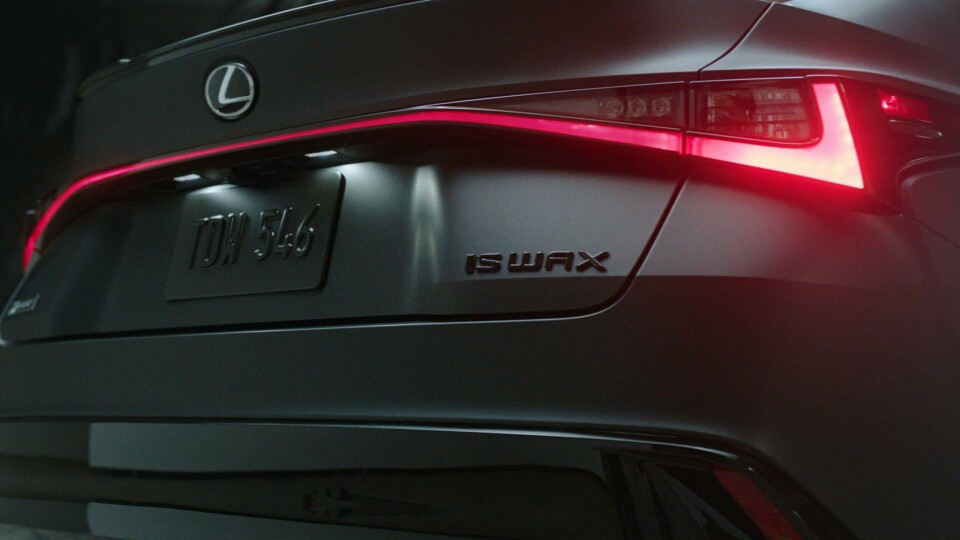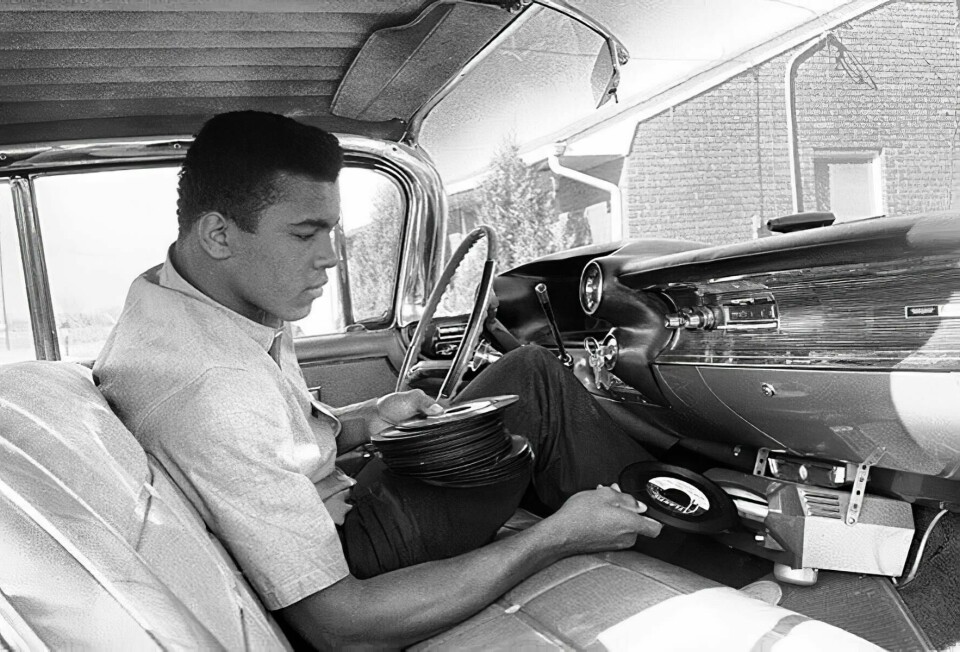
Flashback: in-car record players
The concept of a personal road trip playlist began with an unlikely technology
The year 2023 may best be remembered for its long, hot summer and if you are inclined to brave the heat and venture out on that road trip, then taking your tunes along would not only be nice, but practically a necessity.
The idea of a personal soundtrack to accompany us in all our wanderings is an old one, but for many years it remained just a dream. In the US, car radios began appearing in vehicles in the 1930s, usually as an aftermarket item – and an expensive one at that. But within a decade AM radios became an affordable luxury, with FM following after World War II.
Radio – AM radio – ruled the airwaves in the period between 1930 and 1960, with some inroads made by FM sets. But the idea of a personal collection of music going along for the ride seemed out of reach.
Then, in 1956, CBS, in partnership with Chrysler, introduced the Highway Hi-Fi by Chrysler, the first in-car record player. The Highway Hi-Fi played custom-pressed discs, spinning at 16 2/3 rpm. The disks played well in the player, no skips or scratching, surprisingly, even at speed along uneven roads. Suddenly, the car had become a traveling jukebox.
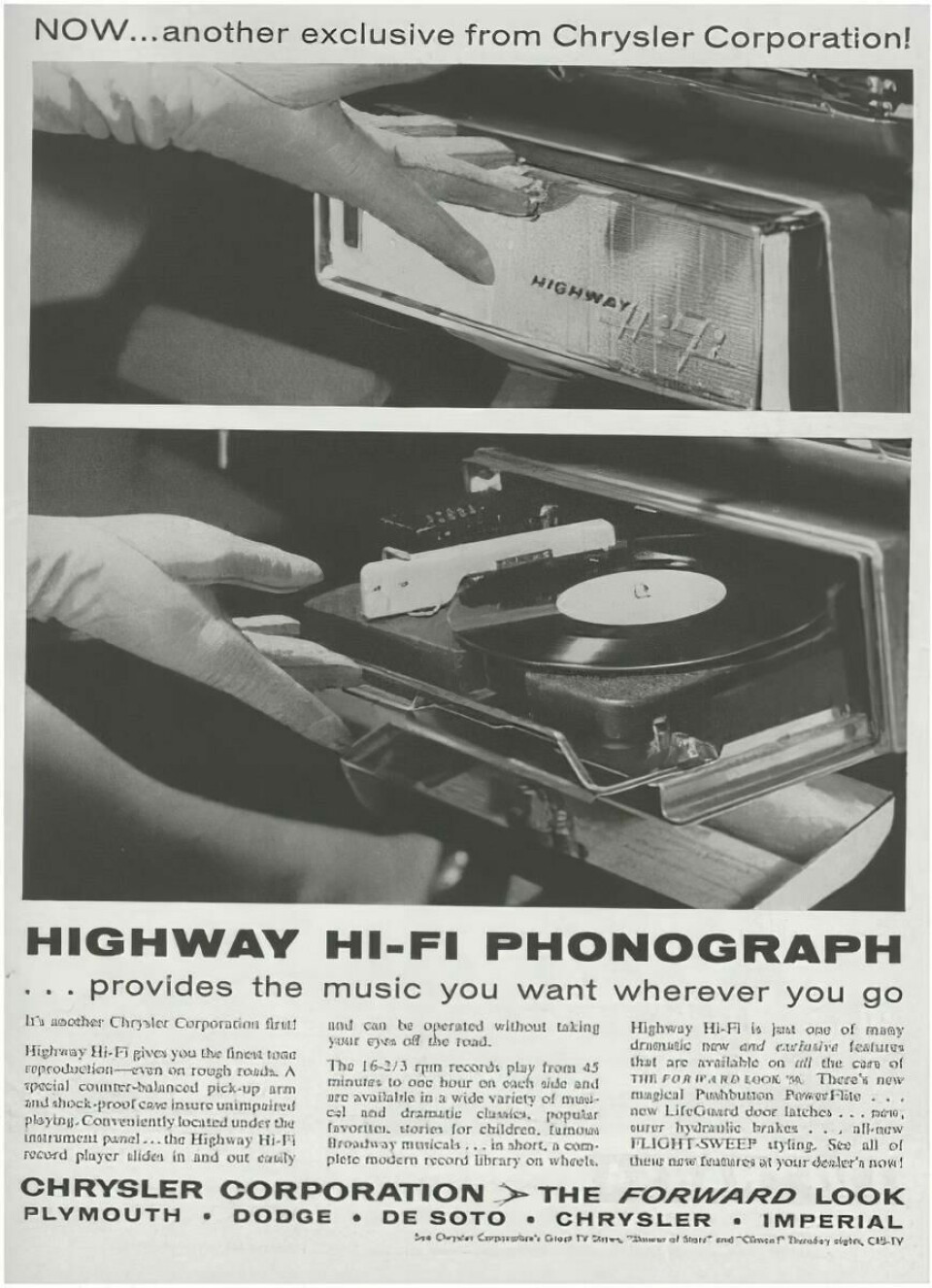
But the specialty records for the Highway Hi-Fi could only be played in a car, and new Chryslers at that. There were no turntables for home use, and the disks were not interchangeable with existing systems. By the end of 1957, the Highway Hi-Fi was quietly withdrawn from the market.
LPs have come roaring back, last year even outselling CDs for the first time since 1987
The Highway Hi-Fi was soon replaced by RCA Victor, a system that played multiple 45 rpm records – the standard that teenagers across the country were using at home. This meant that you could pack up your records for a road trip. And the RCA Victor played multiple records, allowing up to two hours between changes. Like the Highway Hi-Fi, the RCA Victor had been designed with dampers and shock absorbing technology to eliminate skips and scratches.
But it was still expensive, and carting your 45s around was inconvenient, and disastrous if you left the records in a hot, sun-baked car.
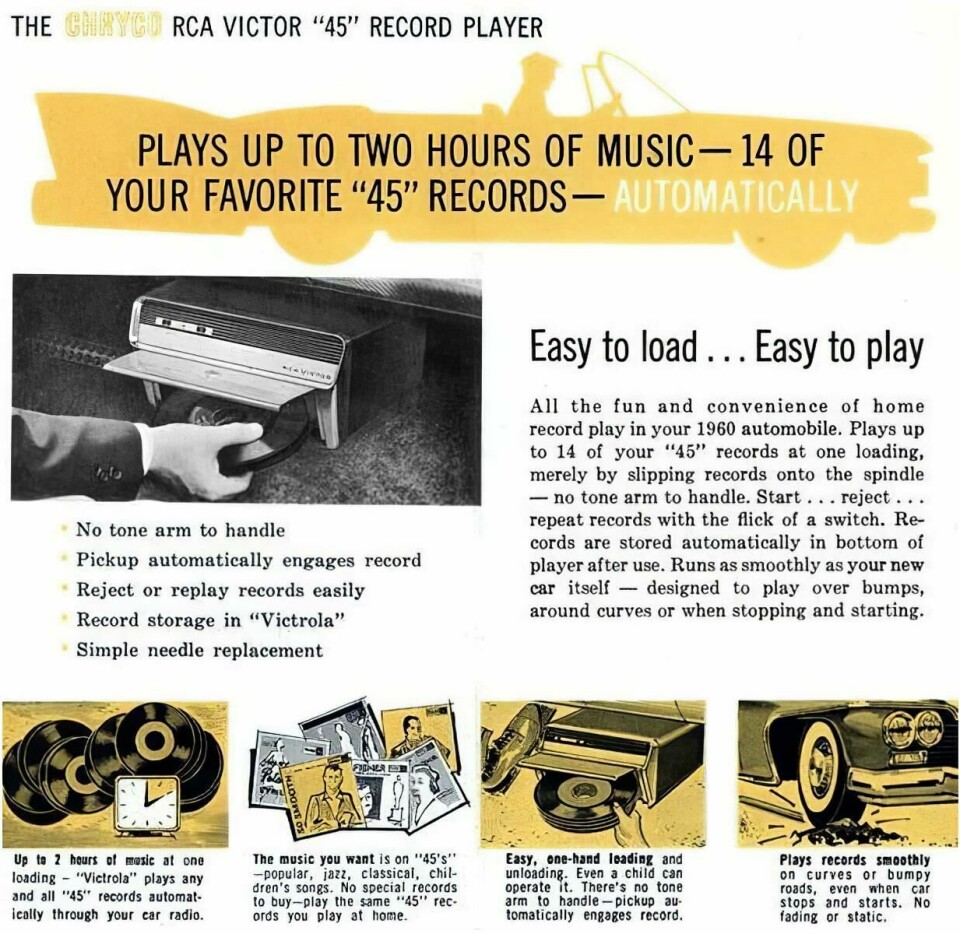
About this time, in 1965, the eight-track tape was introduced by Ford across its entire lineup of cars. It was a loser from day one, and audiophiles hated them, but they did have the portability that records lacked. And though the solution was sub-optimal, the eight-track would dominate the personal automotive music market for the next decade (peaking in 1978, and declining rapidly thereafter), until cassette tapes debuted.
Looking back, the in-car record player was a technology that was more influential than successful. The technology was expensive and the records were fragile and also expensive. But the in-car record player was a pivot point in the consciousness of the traveling public. For the first time, one could imagine having a personally-curated playlist for travelling, one full of personal favorites, and free of broadcast radio, with its inane commercials and DJs talking over your favorite song.
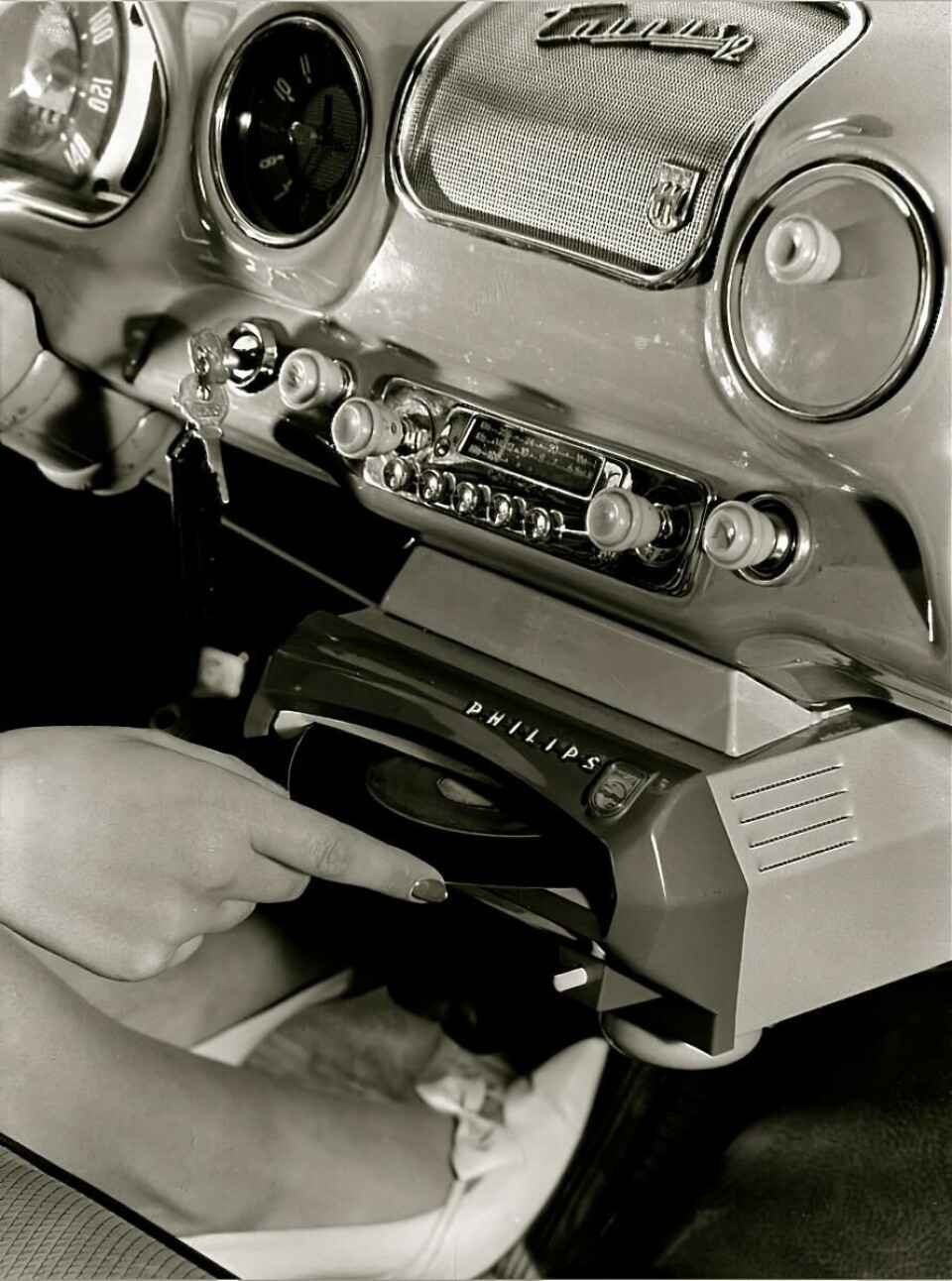
After nearly disappearing as a format, vinyl records, especially LPs, have come roaring back into the marketplace in the past few years, last year even outselling CDs for the first time since 1987.
And yes, in one of those only-in-LA moments, in 2021 Lexus, Wired magazine and tech company SCPS teamed up to create an advanced in-car record player (with a Mark Levinson sound system, seventeen surround sound speakers, and 1800 watts of power) for a Lexus IS 350F Sport sedan. Named the Lexus IS Wax Edition, the car, the sound system and its custom seven-inch record, remain a one-off experiment – at least for the moment.
The Lexus IS Wax Edition proves that some audiophile dreams, however impractical, never die. But we seriously doubt we will see the eight-track stereo revived for a new generation.
Thank Goodness for that.
